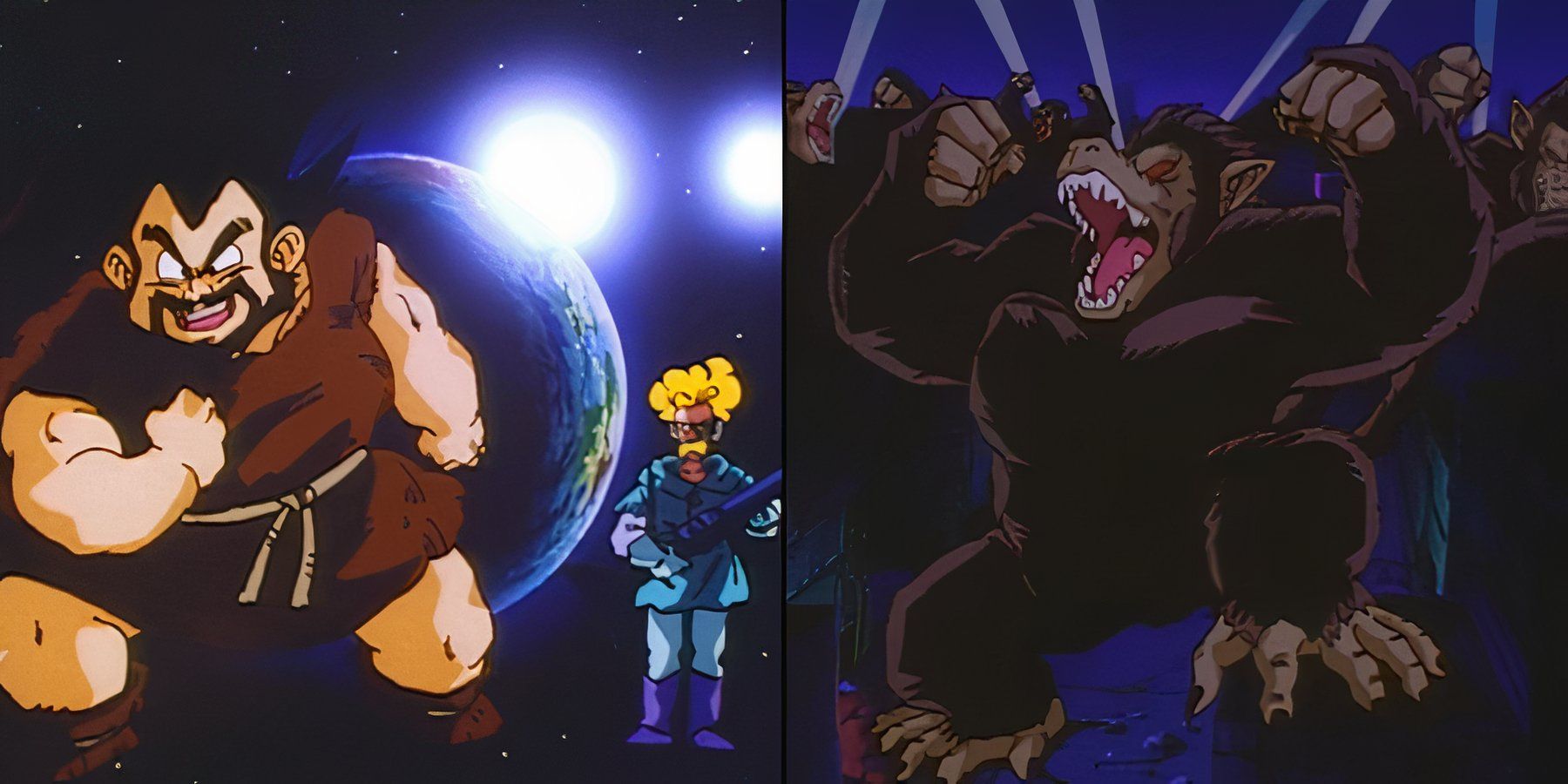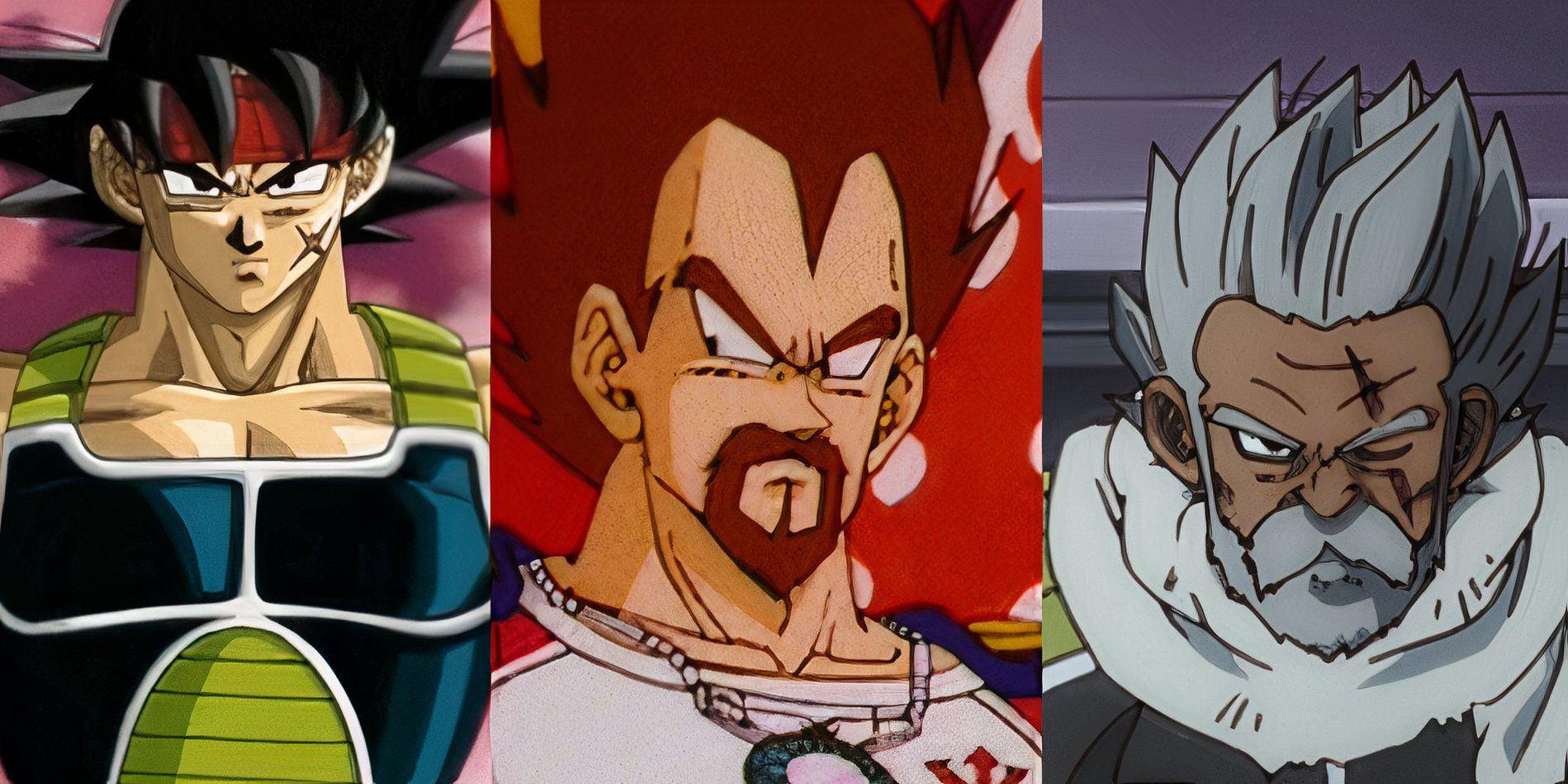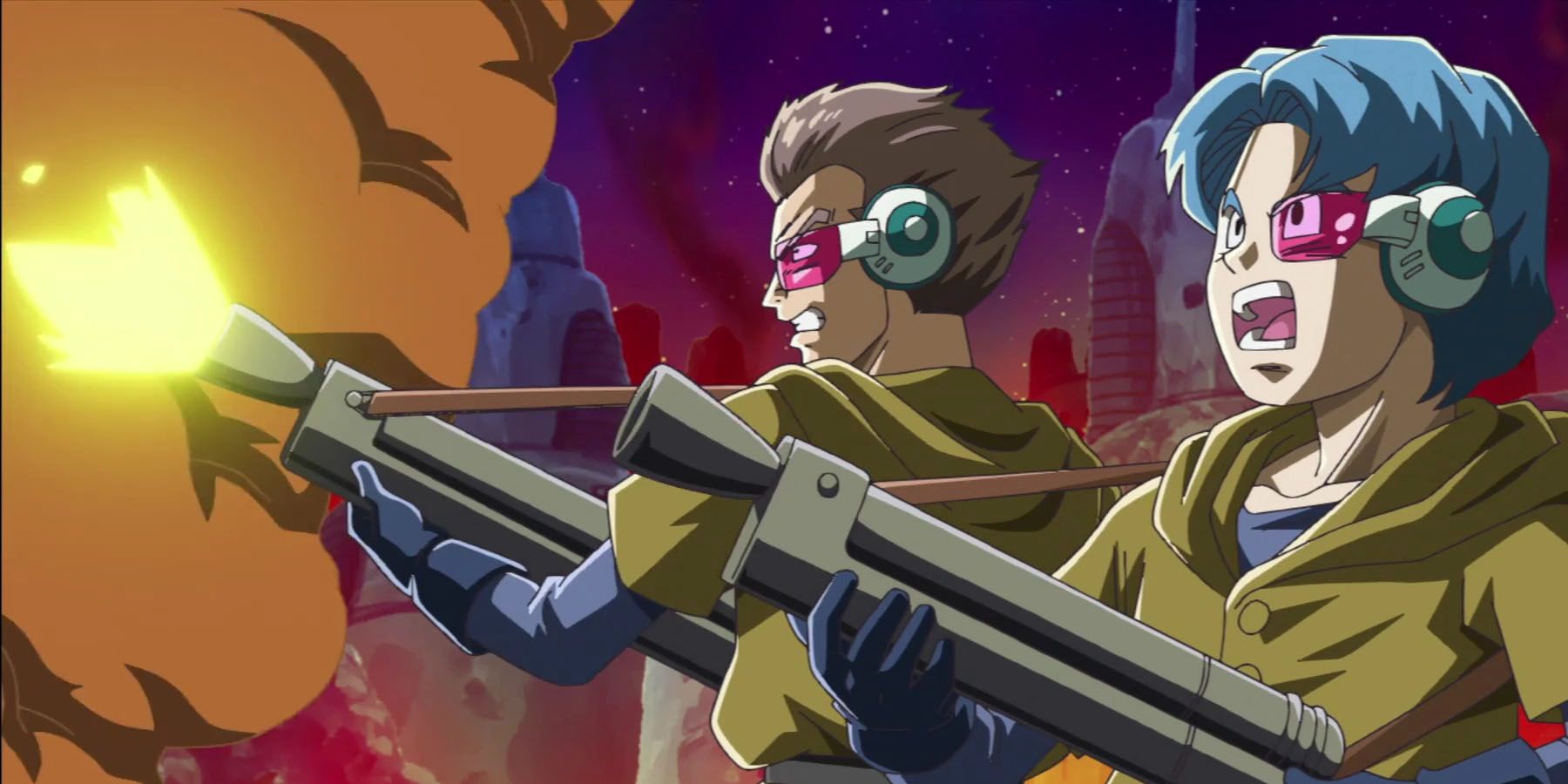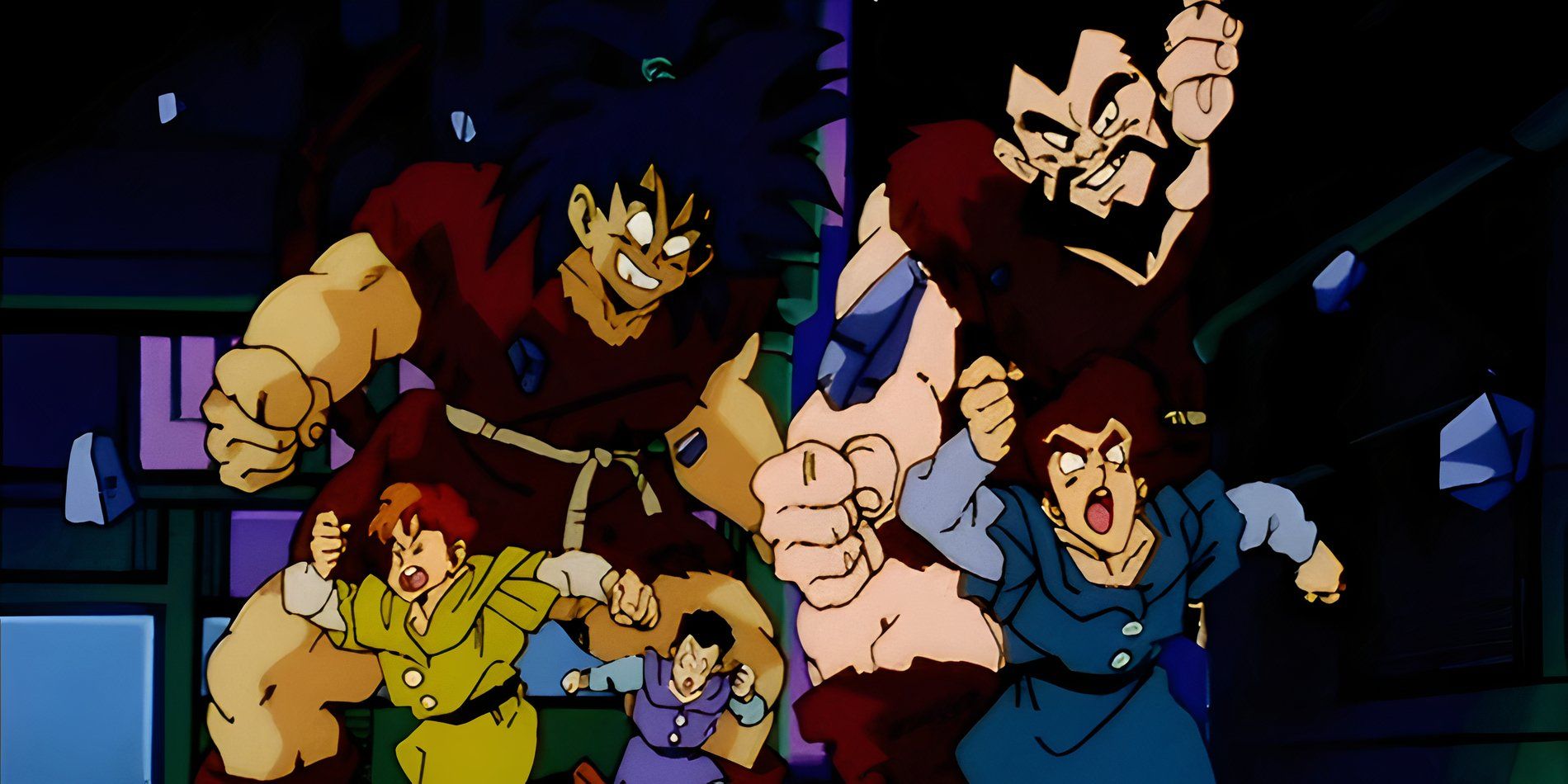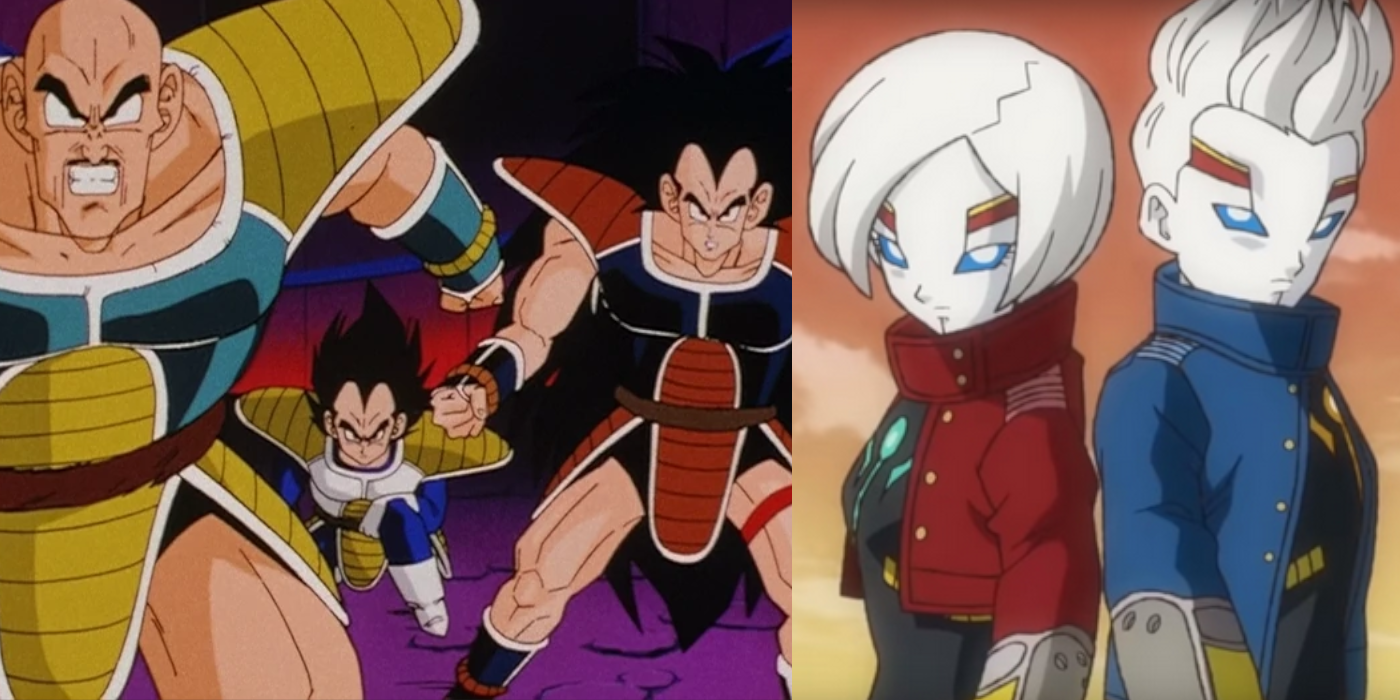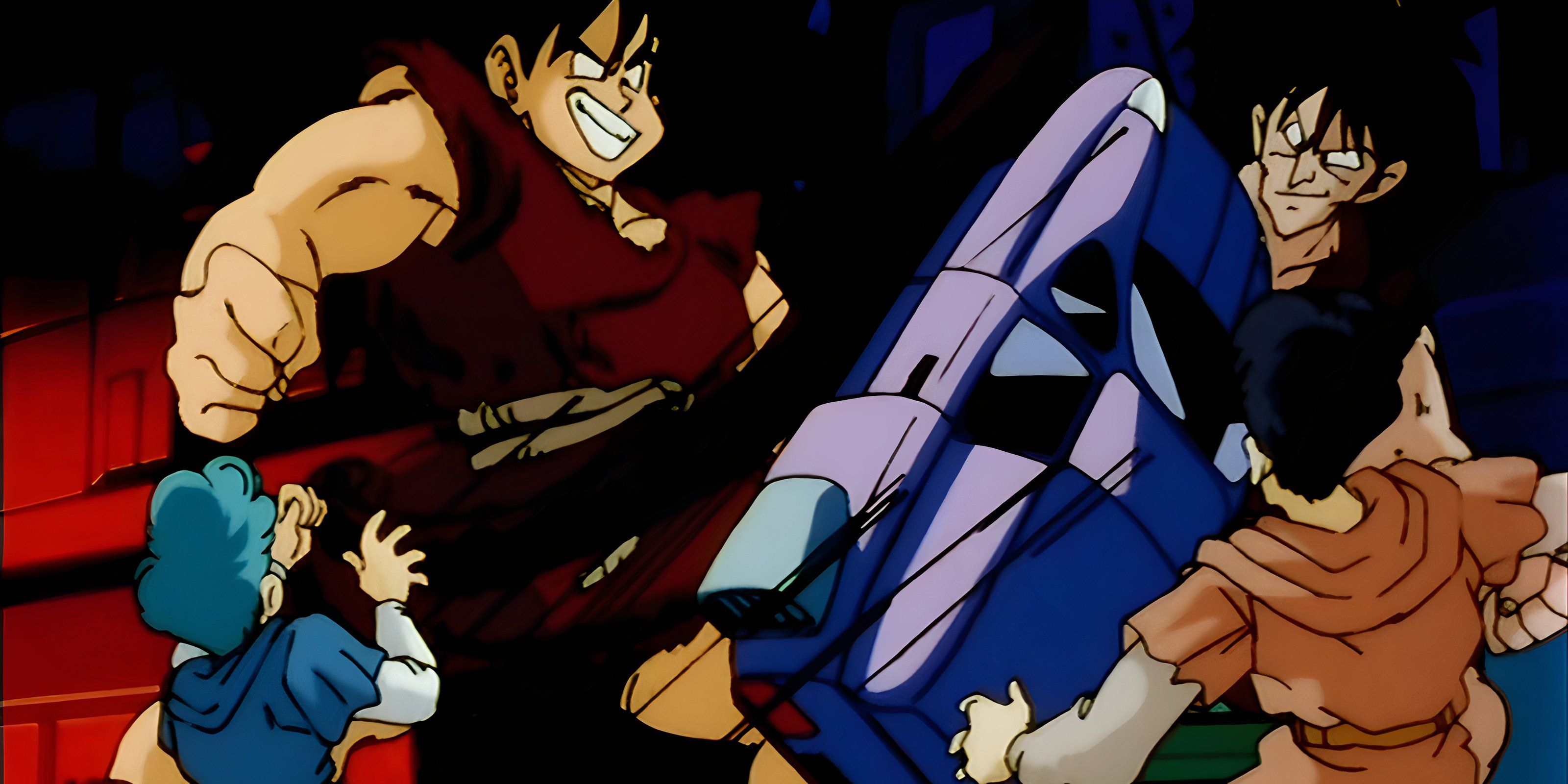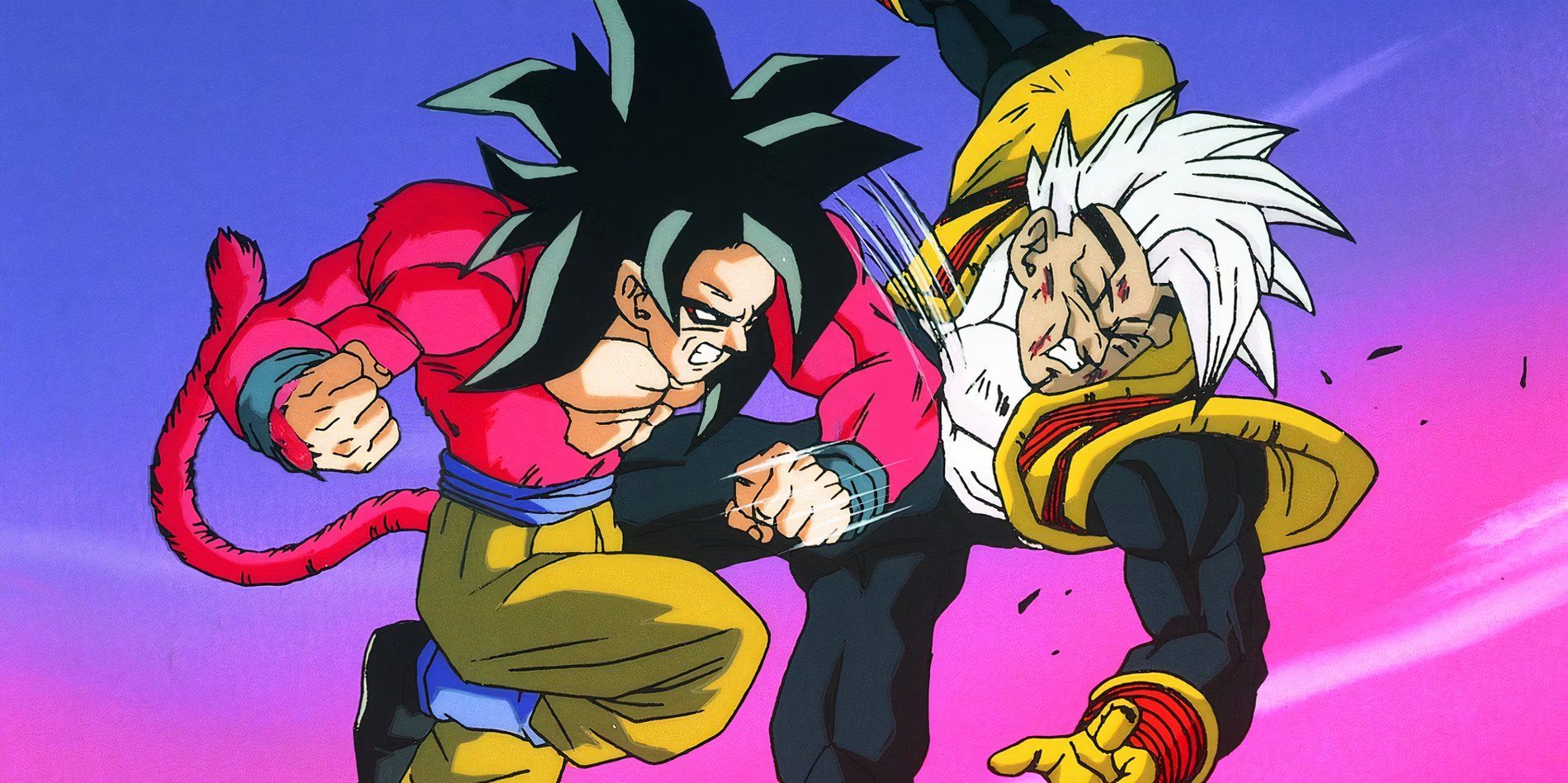Key things
- The Saiyans originated as war monkeys on the planet Sadala, later gaining power by conquering the advanced Tuffles on the planet Plant.
- Tuffles' technological prowess initially overwhelmed the Saiyans' brute strength, but the Saiyans' transformation into Great Apes turned the tide of the war.
- The Saiyan-Tuffle War ended in a Saiyan victory, destroying the Tuffles and their civilization, allowing the Saiyans to dominate and conquer Planet Plant.
One of the main conflicts inside Dragon Ball the universe is a Saiyan-Tuffle war. The story of war is not about two species in conflict, but shows the intent of the conquering and survival instincts and the desire to be the leader.
To understand what happened, we had to go back to the very beginning of the Saiyans and their encounter with the Tuffles, followed by the events leading up to the start of their doomed war.
Origin of the Saiyans
Primitive Ape Warriors to Space Conquerors
Hailing from the planet Sadala, the Saiyans were originally a race of warriors with immense strength and great fighting skills. For the most part, they led a kind of primitive lifestyle, focused on fighting and surviving. Their powerful bodies had no advanced technology to rely on, and everything had to be done by self-improvement using natural abilities. But it was only their fickle nature and this unquenchable thirst for battle that won and their home planet was destroyed. There were only some Saiyans left who needed to find a place to continue their lives.
The prolific space wanderers finally find themselves on the doorstep of Planet Plant, a teeming world teeming with life from an advanced technological civilization called the Tuffles. In short order, this was to be the catalyst for a war that would change the face of Saiyan history.
The discovery of slippers
Encounter with a technologically advanced civilization
It was there that the Saiyans first found the Tuffles, a much more intelligent and advanced species. There, the Tuffle were very advanced in that they had great technology that allowed them to build cities and infrastructures that were quite complicated. Unlike the warlike Saiyans, the Tuffles were a peaceful race, focusing their energy on innovation rather than war.
Despite such extreme differences, Saiyans and Tuffles coexisted for some time. The Saiyans lived on the edge of the planet, occupying barren and arid land, while the Tuffles enjoyed greenery and urbanized spaces. But the difference in lifestyles, added to the Saiyan's innate tendency to conquer and dominate, caused tension to one day arise between the two races.
Spark of War
The thirst for power led to war
Matters came to a head when the disgruntled Saiyans, seeing the conditions they lived in, began to yearn for the prosperity enjoyed by the Tuffles. While the Tuffles enjoyed a life of prosperity, the physically strong Saiyans struggled to survive in the desolate parts of the planet. It was this inequality that caused the Saiyans to take what was rightfully theirs.
It was here that the powerful commanding leader of the Saiyans had an idea of how he could defeat the Tuffles and gain their vast cities and technology. The Tuffles knew about the Saiyans, but it was also believed that the threat had not become too serious due to the belief in the working concept of their technology. This is because due to their raw power, there was a willingness to wage war at any cost. There it was, the Saiyan-Tuffle War – a battle between brute force and technological force.
Brute force versus technological superiority
The Saiyans and Tuffles engaged in a long and bloody war, with both sides suffering heavy casualties. At first the Tuffles held their own with their superior weapons and knowledge of superior tactics. Due to their technological superiority, the Tuffles had no problem forcing the Saiyans back in the early stages of the war, despite being a physically powerful race.
However, the Saiyans had one advantage: due to their natural Saiyan biology, they grew in strength after each battle. Whenever the Saiyans were defeated, they eventually came back with more power and gradually closed their gap against the Tuffles. The point that turned the tide of the war was when the full moon ensured the Saiyans naturally transformed into great apes, greatly increasing their powers. As apes, the Saiyans were nearly invincible and wreaked havoc among the Tuffles towns. The Tuffles had no way to balance such a colossal force that the now transformed Saiyans were now throwing, so they began to retreat in droves. For all their technological advancement, the Tuffles could not stand up to these ape-like Saiyans and their overwhelming destructive powers.
Defeating the Tuffles
How the war ended and its consequences
The Saiyan-Tuffle War ended with an absolute victory for the Saiyans, the destruction of the Tuffle civilization in their Great Ape form, and the conquest of Planet Plant. Once a highly advanced and prosperous species in the past, they were driven to total destruction, completely destroying the cities and the technology built with them.
In honor of the first Saiyan king, King Vegeta, the Saiyans renamed the former Planet Plant Planet Vegeta after the war. The destruction of the Tuffles gave the Saiyans the opportunity to gain control of the planet and of course all the advanced technology the Tuffles had. This technology was one of the major factors in the further conquests the Saiyans undertook to gain further control of the galaxy and become an overall feared force in the universe.
Legacy of the Saiyan-Tuffle War
The Saiyan-Tuffle War was of immense importance to the turning point in Saiyan history. The war made the Saiyans the dominant species and for the first time they had access to advanced technology to aid them in their intergalactic conquests. This whole victory also underscored the brutal and destructive nature of the Saiyans, who killed an entire civilization just to gain supremacy.
While the Tuffles faded into historical oblivion, remnants of their technology and frequent references to their civilization continued to remind them of their existence. The war with the Saiyans was a testament to their strength and resilience, but also a foreshadowing of their eventual fall at the hands of an even greater power in times to come. The Saiyan-Tuffle War is one of the main wars that covets envy, power, and ambition – three traits that keep recurring. Dragon Ball Universe.
